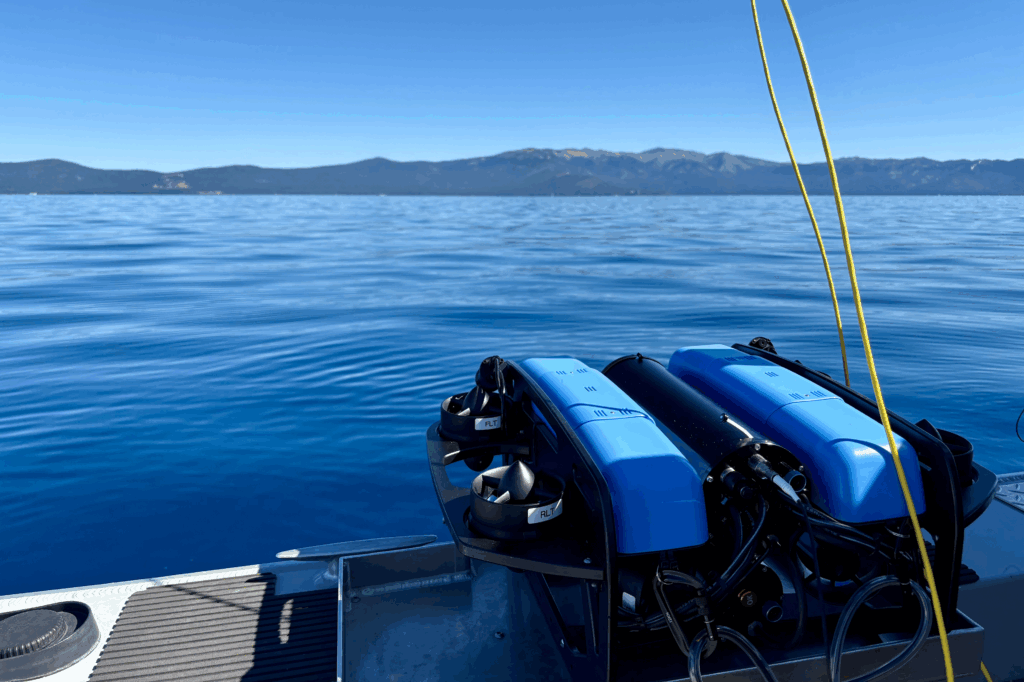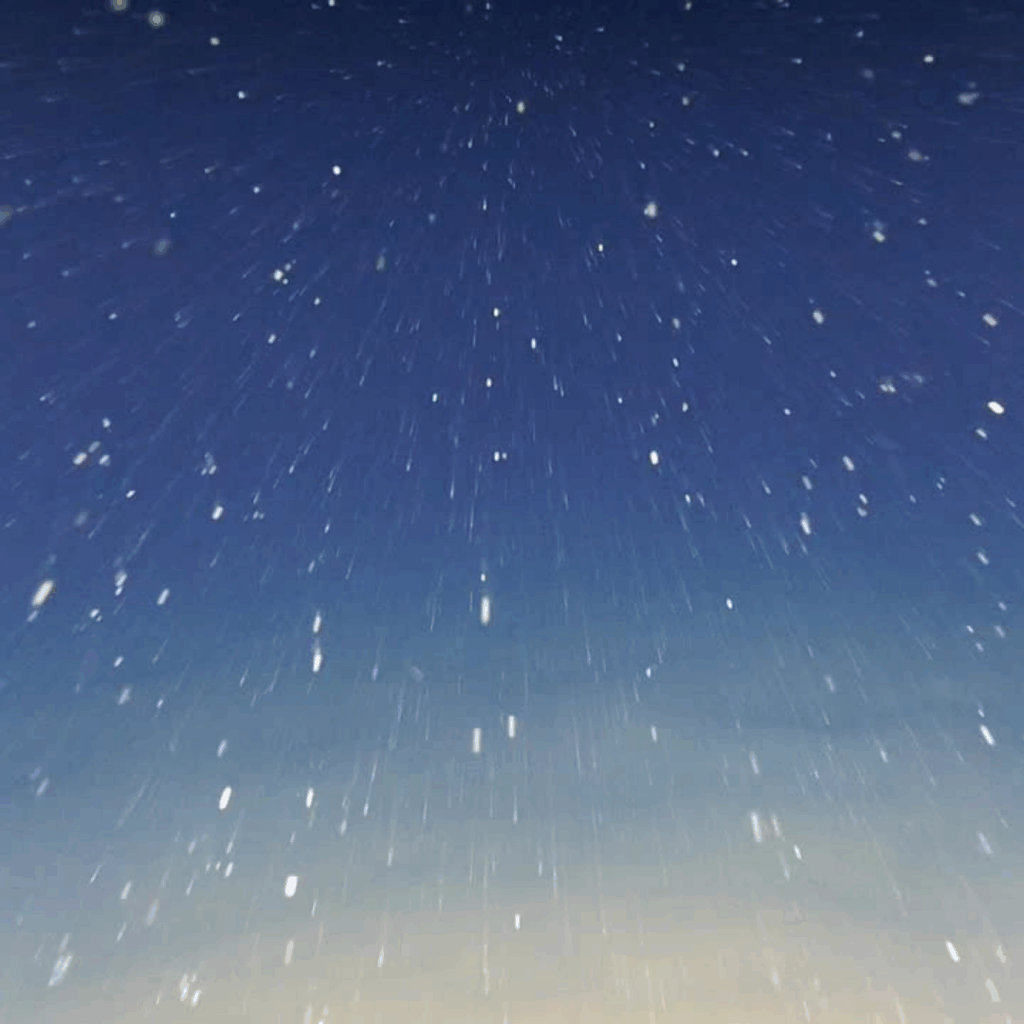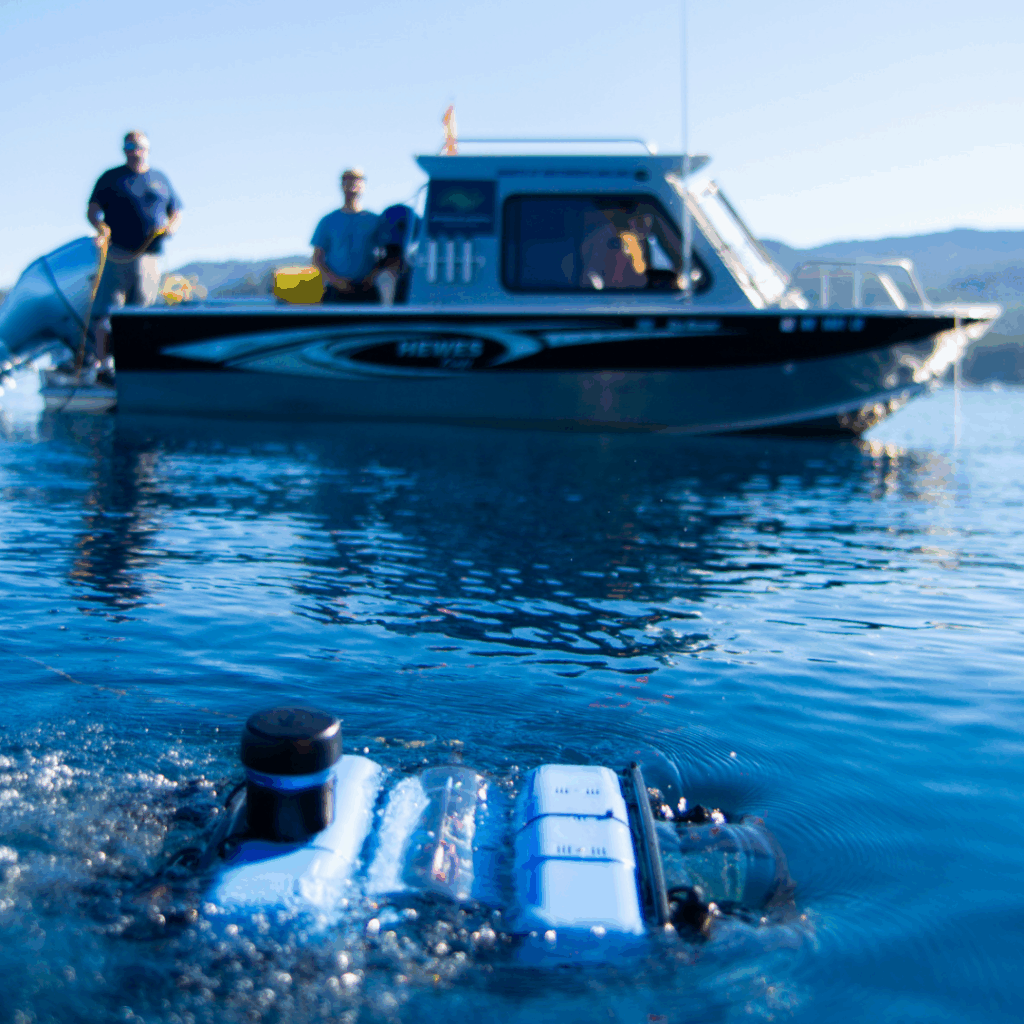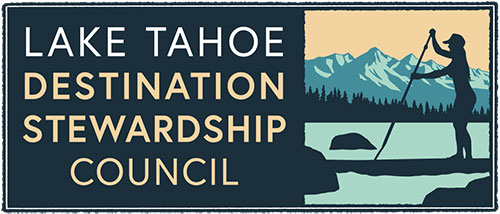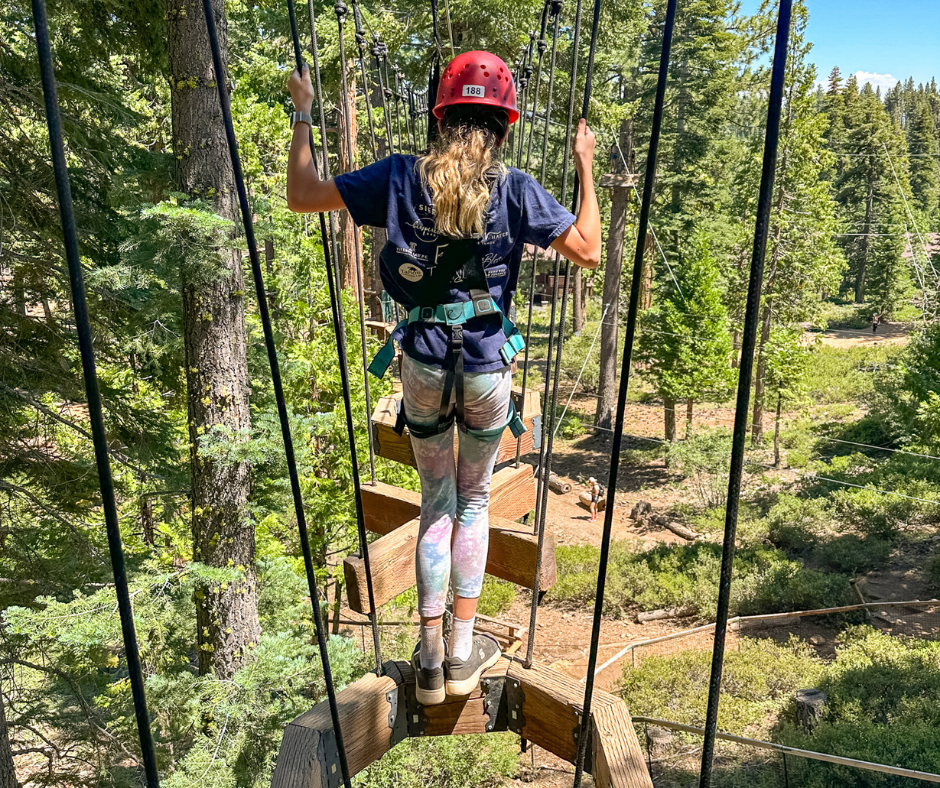
This summer, over 60 kids from South Lake Tahoe spent their days climbing, golfing, and even attending a sleep-away camp as part of the Boys & Girls Club of Lake Tahoe’s Summer Adventure program. Thanks to the generosity of our donors, this program helped open the doors to new experiences right here in Lake Tahoe:
- Weekly classes at Blue Granite Climbing Gym introduced youth to the thrill of indoor climbing.
- First Tee lessons at Bijou Golf Course gave participants their first taste of life on the green.
- A teen sleep-away camp brought together 25+ kids for three days of outdoor fun, teamwork, and lifelong memories.
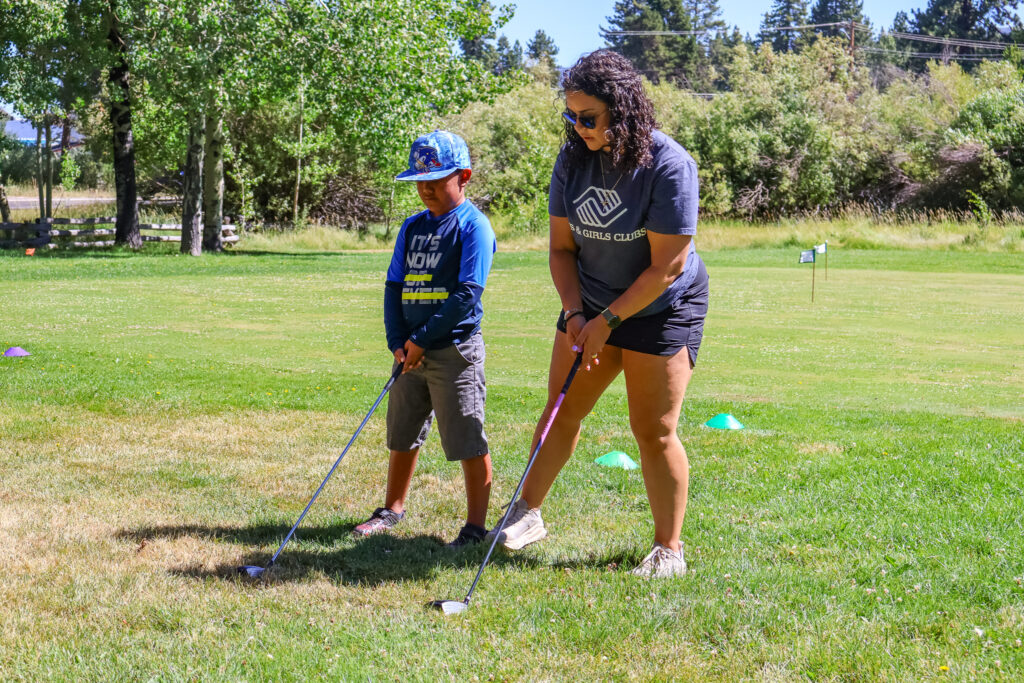

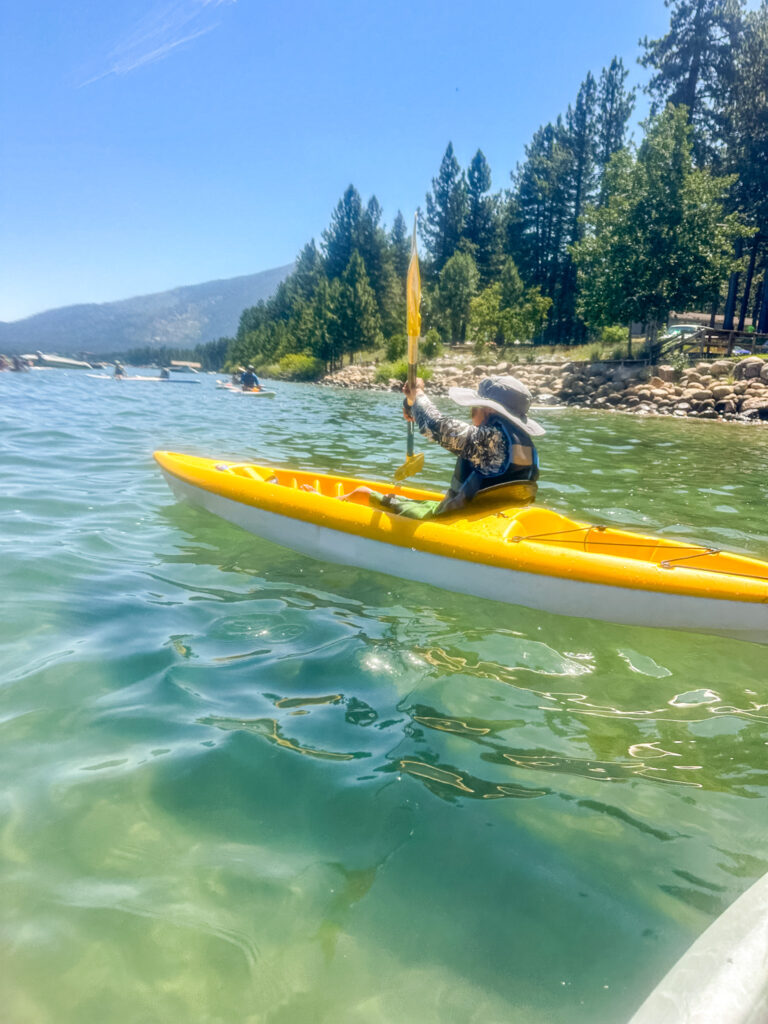
By removing financial barriers, this program ensured children of all backgrounds could explore Tahoe’s outdoors together in a safe, supportive environment. Along the way, they built confidence, self-esteem, and a deeper connection to nature.
Together, we’re giving Tahoe’s youth life-changing opportunities and helping them create memories they will carry forever.
Thank you for making this impact possible.
